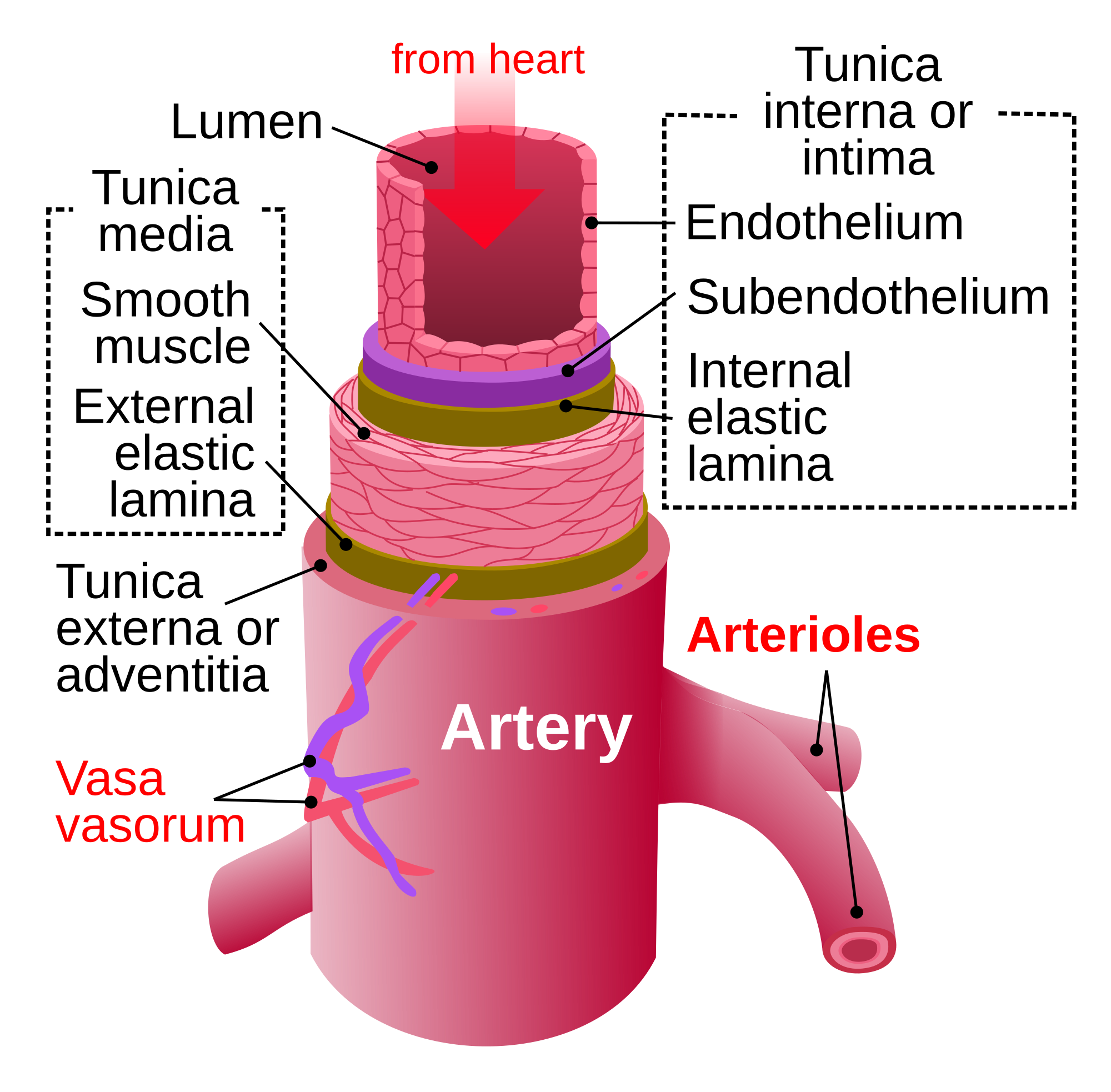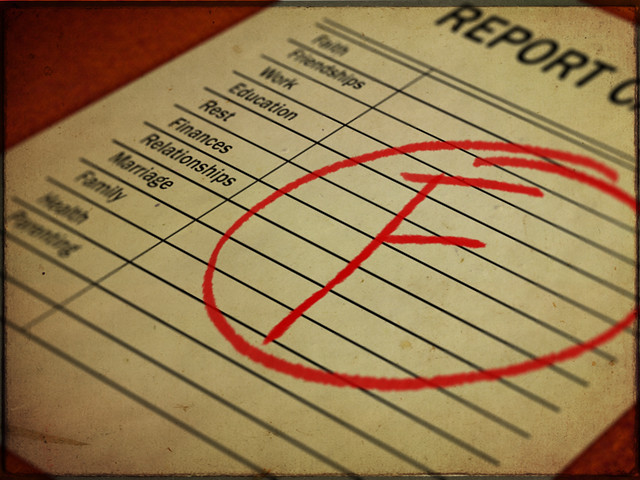Throughout this unit concerning the circulatory system and the heart, we have been learning about the functions of the circulatory system, key organs and parts of the body used in the system, and how the system looks like in dysfunction and proper function. The first thing that we covered was a general overview on the parts of the heart and how blood goes through it. The heart has four chambers(the right/left atria, and the right/left ventricles), and the tricuspid and biscuspid valves lay between atria and ventricles, while the semilunar valves are located where the ventricles meet the pulmonary artery or aorta.
 |
| A simple diagram of the heart |
As for the transportation of blood, the deoxygenated blood first travels through the right atrium and right ventricle(passing through the tricuspid valve) before reaching the lungs to pick up more oxygen. The newly reoxygenated blood is then sent back to the heart through the left atrium and left ventricle(on its way past the bicuspid valve) to be sent throughout the body to be used. Electrical signals from the heart's nodal system motivate the heart to pump. Other parts of the circulatory system include the pulmonary arteries, pulmonary veins, aortic arch/trunk, common carotid artery, renal vein and artery, and mesentric arteries which connect the lungs, brain, kidneys, heart, small intestine, and large intestine to each other.
Blood vessels are another aspect of the circulatory system, and can be divided into the general terms of arteries, which carry blood away from the heart, and veins, which carry blood to the heart. Veins have one-way valves and store most of the blood volume in the body due to their thinner walls, while arteries are more elastic and contractile to force blood to the areas that need it.
Knowing the general anatomy and physiology of not just blood vessels, but the body in general, we can determine why something is not working in the proper way. Atherosclerosis, as seen from the reading, has the myth of being just clogged particles of fat, but in actuality is much more complicated than that, consisting of a plaque made up of our own inflammatory response entangled with lipoproteins(transporting LDL cholesterol throughout the body) that get stuck in the layers of the arterial wall. Inflammation, which may seem helpful when used for certain functions of the body, in this case is hugely detrimental to our health, illustrating how the natural processes of our body can work against us at times. Aneurysms, on the other hand, which can be just as problematic as atherosclerosis, are the excessive stretching of blood vessels to the point where the walls of those vessels become fragile, even to the point of bursting.
Knowing the general anatomy and physiology of not just blood vessels, but the body in general, we can determine why something is not working in the proper way. Atherosclerosis, as seen from the reading, has the myth of being just clogged particles of fat, but in actuality is much more complicated than that, consisting of a plaque made up of our own inflammatory response entangled with lipoproteins(transporting LDL cholesterol throughout the body) that get stuck in the layers of the arterial wall. Inflammation, which may seem helpful when used for certain functions of the body, in this case is hugely detrimental to our health, illustrating how the natural processes of our body can work against us at times. Aneurysms, on the other hand, which can be just as problematic as atherosclerosis, are the excessive stretching of blood vessels to the point where the walls of those vessels become fragile, even to the point of bursting.
Inside blood vessels, blood, which is composed of cells and plasma, flows. There are three main types of blood cells: red blood cells, white blood cells, and platelets, which all have their own purposes in fighting infections and transporting needed nutrients. Diseases such as leukemia, HIV/AIDs, and sickle cell anemia are all examples of dysfunction in the blood, demonstrating how important upkeep of our health is in preventing these diseases.
If there is something wrong with any any aspect of the circulatory system, that tends to lead up to having cardiovascular disease, which could be anything from a heart attack to a stroke. Heart attacks and strokes are often a result of atherosclerosis, which as mentioned before, starts with the consumption of too many foods rich in LDL, often referred to as "bad", cholesterol. Heart attacks are when the supply of blood to the myocardium becomes impaired to the point of killing off cells, and strokes are when the supply of blood to the brain gets cut off. With the risks of heart attacks including cardiac arrest, and strokes being permanent damage to mobility and self-sufficiency, people should be more motivated to prevent situations from ever reaching that point. As the reading "A Strike Against Stroke" points out, stroke should not be something that people should wait for to happen; choices like exercising more, consuming healthier fats rich in HDL as opposed to LDL, and decreasing the intakes of both sodium and alcohol can and will help with lowering the chances of getting a stroke, and people should choose to make these choices before it's too late.
Works Cited
Ma, Kelvin. Artery. Digital image. Wikipedia. Wikimedia Foundation Inc., 13 Aug. 2016. Web. 27 Oct. 2016.
Ma, Kelvin. Vein. Digital image. Wikipedia. Wikimedia Foundation Inc., 6 Oct. 2016. Web. 27 Oct. 2016.











